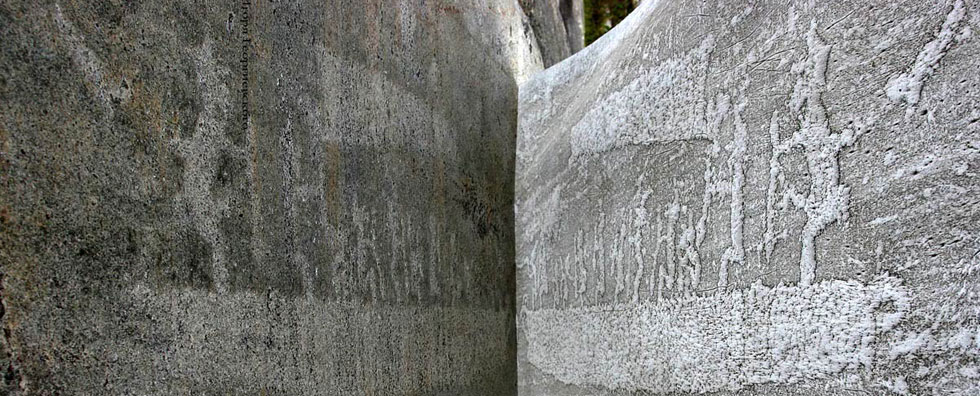
Issue №3, Vol. 19
Grafova E., Syunev V. Comparative analysis of three options for reclamation of polluted forest areas // Resources and Technology. 2022. №3, Vol. 19. P. 101‒123.
DOI: 10.15393/j2.art.2022.6543
Comparative analysis of three options for reclamation of polluted forest areas
| Grafova Elena | Petrozavodsk State University, grafova.elena.karelia@gmail.com |
| Syunev Vladimir | Petrozavodsk State University, siounev@petrsu.ru |
|
Key words: reclamation biodegradation biotreatment biological products soil restoration organic pollution forest pollution industrial forest pollution. |
Summary: Restoration of contaminated forest areas requires the use of cost-effective and environmentally friendly restoration methods due to natural and climatic conditions, the degree of damage and pollution, and the landscape and geochemical characteristics of disturbed lands. When developing measures for the restoration of used lands, including the disturbed ones, it is necessary to take into account the features of the northern regions: high vulnerability, long periods of self-restorability, inaccessibility of remote forest areas, a short period of positive temperatures, the need to restore the sanitary and hygienic state of disturbed territories to prevent the development of a negative impact on the environment. To determine the degree of pollution, a variant of mapping the site was considered and the degree of pollution was estimated. Water sampling in the contaminated zone testified to intensive processes of decomposition organic matter exceeding the MAC by 20-500 times. The death of vegetation and forest stands was noted. The penetration depth of pollution reached 95 cm. Herbaceous vegetation was fragmentarily preserved at a distance from the source of pollution. As the distance from the source of pollution increased, the projective cover degree with sedge also increased, and continuous thickets of beaked sedge (Carex Rostrata) appeared with some plants of string-rooted sedge (C. Chordorrhiza) and Magellanic sedge (C. Ppaupercula), marsh cinquefoil (Comarum Palustre) and cotton grass (Eriophorum Vaginatum). The authors considered three options for the reclamation of a polluted forest area: a mechanized method, a method including partial excavation and treatment of polluted matter in containers of various volume (from 9 to 40 cubic meters), and a two-stage treatment with microenzymes. The studies were performed in two modes: the natural process of biodegradation and additional aeration. Studies have confirmed the effectiveness of accelerating the process of decomposition of organic contaminants up to 9 days using the optimal dose of 15 g of the agent per 1 liter of contaminants. The treatment increased the pH of the medium from acidic to neutral one. The height of organic surface contamination layer was reduced to 0.3 mm in 9 days when the mixture was aerated. The second stage resulted in a decrease in the nitrogen concentration by 1.5–2 times. The effectiveness of the second agent was also confirmed by a decrease in the nitrogen concentration in the treated sample. The transparency of the solution increased by 2 - 2.5 times. According to the results of comparing three options for reclamation, the use of the new technology of two-stage biodegradation is 9 times cheaper than the use of a mechanized method, the time expenditure is 2 times less and amounts to 14 days. |
Displays: 723; Downloads: 413;




